Busan Cultural Center (부산문화회관)
8.9Km 2021-08-06
1, UN pyeonghwa-ro 76beon-gil, Nam-gu, Busan
+82-51-607-6000
Busan Cultural Center began construction in October 1983 and finished constructing three halls in 1993. In April 2010, the cultural center underwent renovations and reopend in October. The architecture format used traditional Korean houses with a large, medium, and small halls. Large gates and walls were removed to allow easy access. The roof used concrete slabs to recreate traditional patterns and the exterior walls are made of granite stone.
Hwangnyeongsan Mountain ()
9.0Km 2024-10-25
391-39 Hwangnyeongsan-ro, Nam-gu, Busan
+82-70-7543-5249
Hwangnyeongsan Mountain offers a lush green forest easily accessible from downtown Busan. The mountain is popular for hiking, as well as taking in the nightscape. The mountain stretches across Busanjin-gu, Nam-gu, and Suyeong-gu districts, and with an altitude of 427 meters, it is the second tallest mountain in the Geumnyeon Mountain Range. Despite this distinction, the summit can be reached after a two to three-hour hike. At the foot of the mountain, one can find a citizen's recreation area and a youth training center. Choosing which mountain trail to take depends on the transportation options available.
Hwangnyeongsan Observatory (황련산 전망대)
9.0Km 2024-10-29
391-39 Hwangnyeongsan-ro, Nam-gu, Busan
Hwangnyeongsan Mountain, where the observatory is located, is in the center of Busan as it spans across four districts (Busanjin-gu, Yeonje-gu, Suyeong-gu, and Nam-gu) and is a popular driving course in spring when the cherry blossoms bloom along the road. The Hwangneyongsan Observatory also makes it a perfect place for a night tour. A city that lies below the mountains looks even more beautiful with the cozy lights that illuminate the observatory and the sparkling radio tower.
Laila Cafe (라일라카페)
9.0Km 2019-05-15
28, Oncheoncheon-ro 339beon-gil, Dongnae-gu, Busan
+82-51-611-6008
Laila Cafe, operated by a Moroccan woman and her husband, serves authentic Moroccan and French teas. The cafe features the best equipment for serving these teas true to their origins. The cafe was invited to operate a Moroccan tea booth at the 2017 Hadong International Tea Festival as well as at the 2017 BEXCO Tea Culture Special Hall.
In addition to teas, Laila Cafe also serves traditional desserts and dishes from Morocco and France, using flour and chocolate from France and other European countries.
Busan International Magic Festival (부산국제매직페스티벌)
9.1Km 2023-09-18
74, Motgolbeonyeong-ro 71beon-gil, Nam-gu, Busan
+82-51-626-7002
Busan International Magic Festival is the largest magic festival in the world. Several events are prepared to mesmerize the audience.
Yeon-San Dangdang Korean Medicine Hospital (연산당당한방병원)
9.2Km 2025-07-29
82 World cup-daero, Yeonje-gu, Busan
Yeonsan Dangdang Korean Medicine Hospital is a 98-bed hospital located in central Busan, near Yeonsan Station. The hospital offers traditional Korean medicine treatments, internal medicine, orthopedic care, and health screenings. It also has staff who speak English, Chinese, Japanese, and Vietnamese, ensuring that international patients can receive care in a comfortable and welcoming environment.
Oryukdo Lighthouse (오륙도 등대)
9.3Km 2020-02-26
130, Oryukdo-ro, Nam-gu, Busan
+82-51-607-6395
Oryukdo is a rocky island located in the oceanside of the Yongho-dong neighborhood. Depending on the tides, Oryukdo (“O” meaning “5”, “Yuk” meaning “6”) sometimes looks as if it is made of five or six islets. Several decades after the Busanhang Port opened (1876), a lighthouse was built (November 1937) in Batseom Island of Oryukdo to guide ships traveling to and from the island. Initially only 6.2 meters high, the lighthouse underwent renovations (completed in December 1998) and now stands tall at 27.5 meters. The lighthouse is home to an exhibition room showing photos of major lighthouses in Korea and boasts a stunning view of Busanhang Port as well as an unforgettable nightscape.
E-Mart - Yeonje Branch [Tax Refund Shop] (이마트 연제)
9.3Km 2024-04-22
89, Yeonsu-ro, Yeonje-gu, Busan
-
Olive Young - Busan Seodong Branch [Tax Refund Shop] (올리브영 부산서동점)
9.3Km 2024-06-26
156, Seodong-ro, Geumjeong-gu, Busan
-
Site of Dongnaeeupseong Walled Town (동래읍성지)
9.4Km 2024-09-26
48-2 Myeongnyun-dong, Dongnae-gu, Busan
Site of Dongnaeeupseong Walled Town, built towards the end of the Goryeo dynasty and the early Joseon dynasty, was a significant fortress during the Imjin War in 1592. It served as the main battleground where civilians, officials, and soldiers united to resist the Japanese forces. Recognizing the strategic importance of the Dongnae area, a much larger fortress was constructed in 1731, replacing the original structure from one built during war. Today, only traces of the fortress remain, with the Bukmun Gate, Insaengmun Gate, Dongjangdae Command Post, Seojangdae Command Post, and Bukjangdae Command Post having been restored.

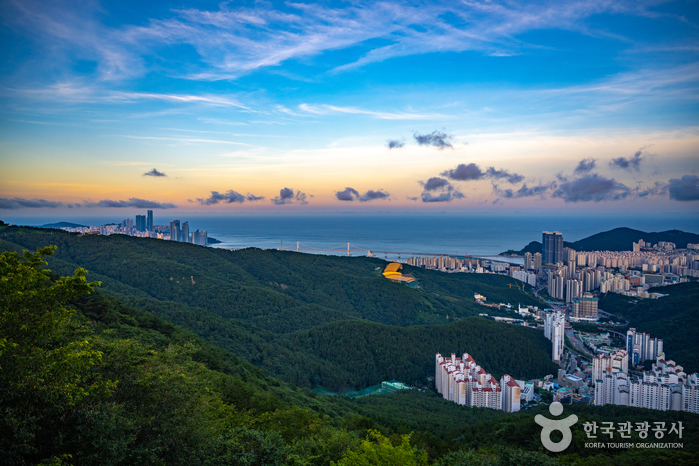
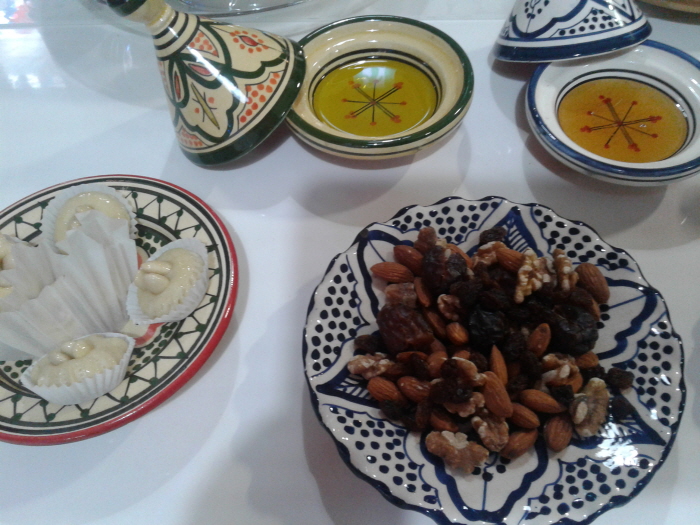
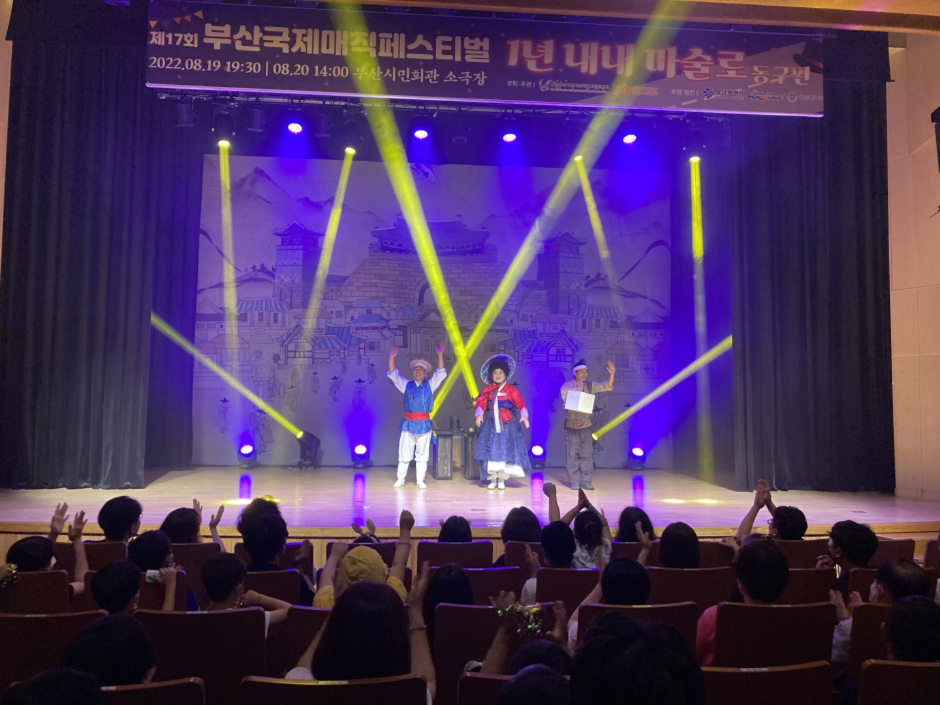
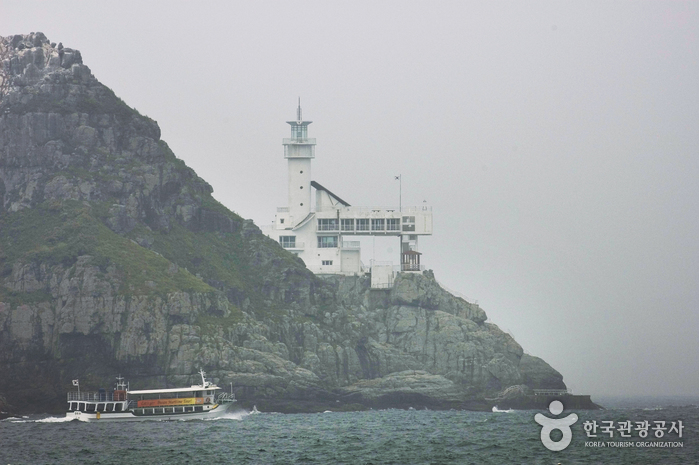
![E-Mart - Yeonje Branch [Tax Refund Shop] (이마트 연제)](http://tong.visitkorea.or.kr/cms/resource/70/2885470_image2_1.jpg)
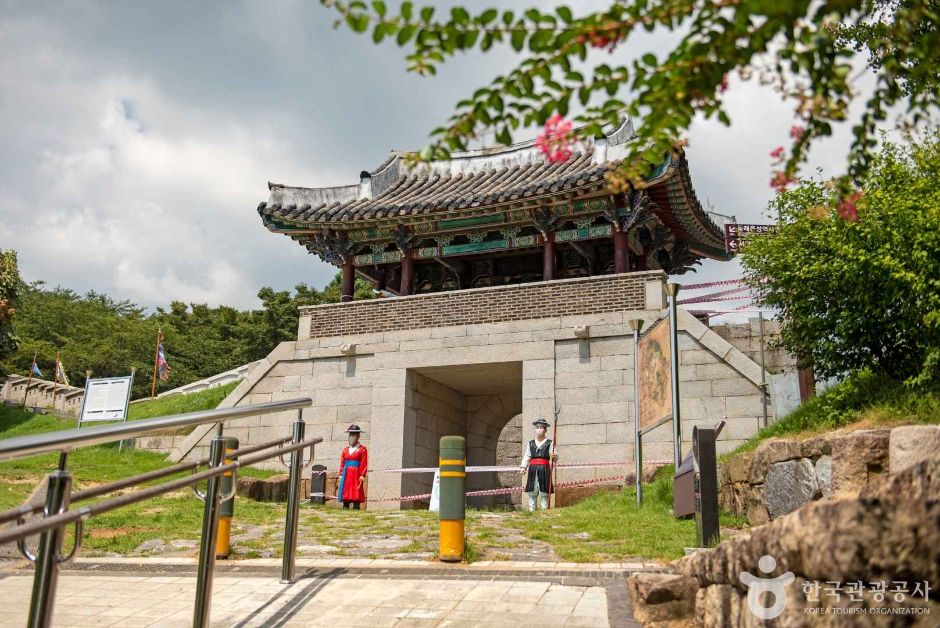
 English
English
 한국어
한국어 日本語
日本語 中文(简体)
中文(简体) Deutsch
Deutsch Français
Français Español
Español Русский
Русский